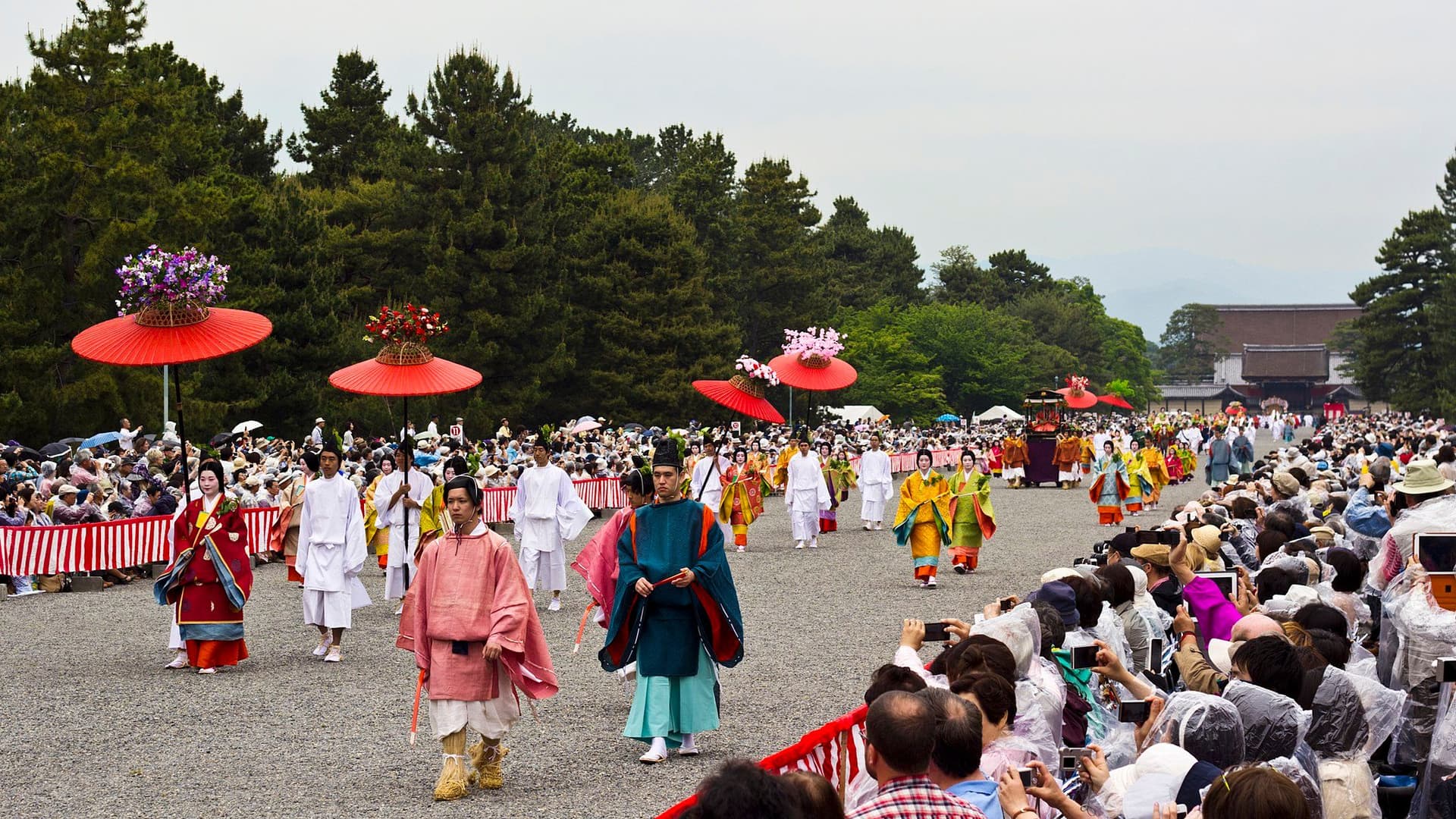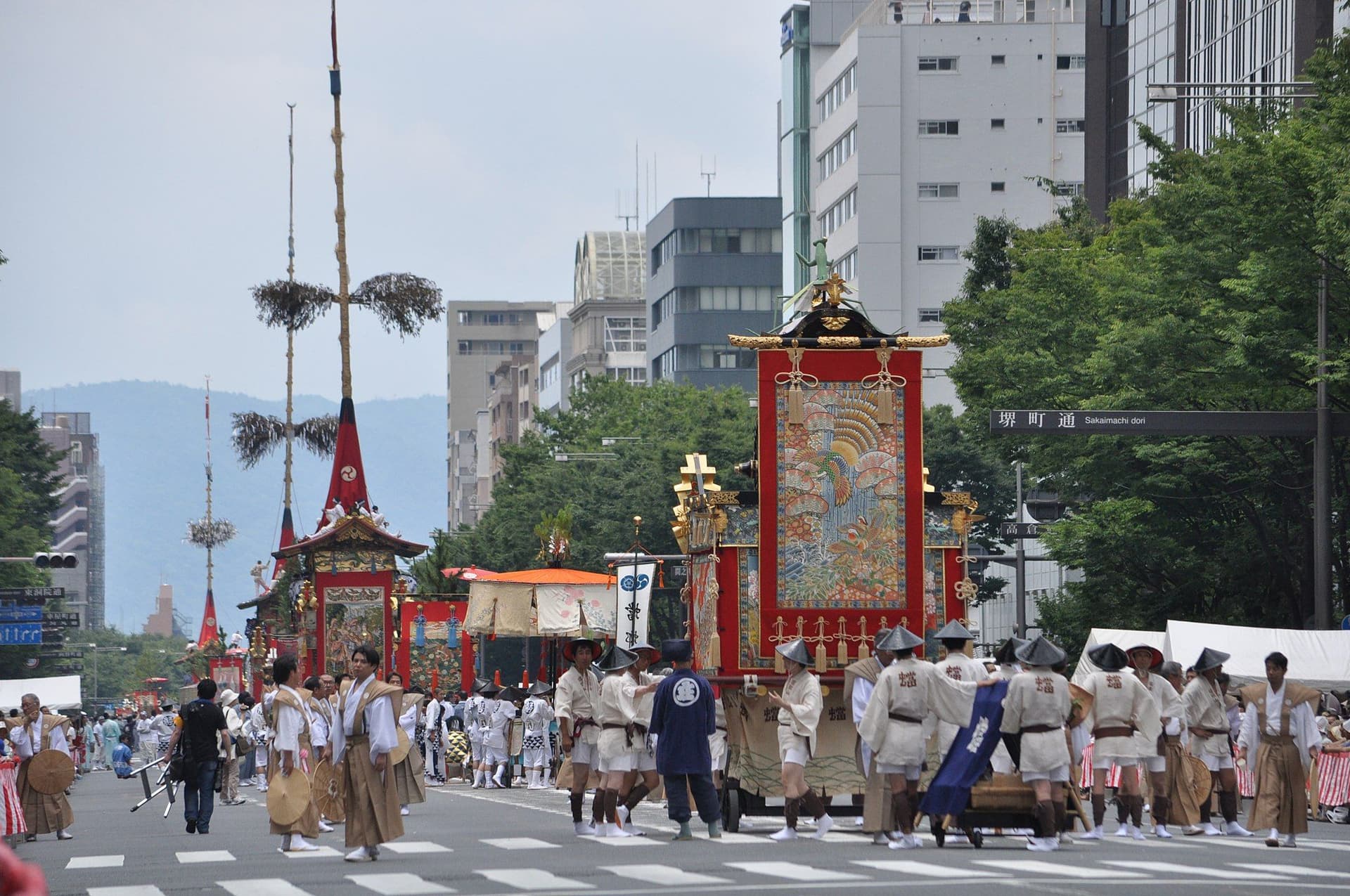
Gion Festival
祇園祭Advertisement
Event Venue
Yasaka Jinja Shrine
625 Gionmachi Kitagawa, Giommachi, Higashiyama-Ku, Kyoto-Shi, Kyoto
- Kyōto StationSagano LineNara LineKosei LineJR Kyōto LineBiwako LineKintetsu Kyoto Line
- 16 minutes bus drive to Gion Platform C
- Walk 4 minutes
At Hey Japan!, we strive to keep the events listed on our website as current as possible. However, it is important to note that event organizers may make changes to their plans, including cancelling events, altering schedules, or modifying admission requirements, without prior notice. To ensure that you have the most accurate information, we recommend checking official websites before attending any events.
Last Updated:

